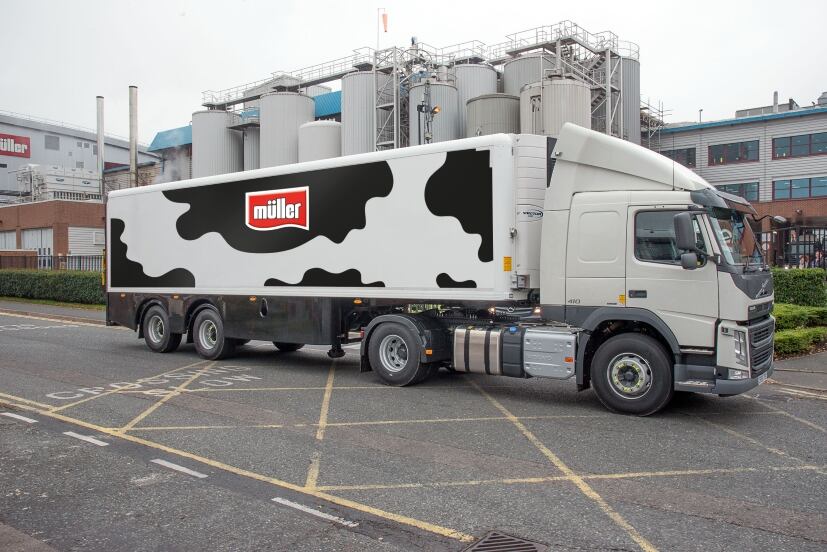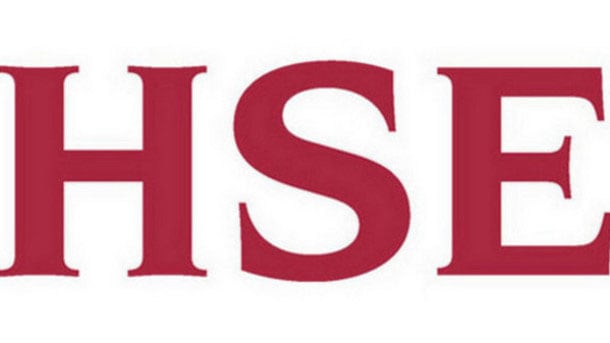Over the last couple of months I have had many conversations with food manufacturing clients who do not appear to understand the requirements of the Construction (Design and Management) (CDM) Regulations. There is a common misconception that they only apply when a project becomes notifiable to the Health and Safety Executive (HSE). However, this couldn’t be more wrong. Put simply, the regulations apply to all construction work, irrespective of size or duration.
Definition of construction
The CDM Regulations define construction work as the carrying out of any building, civil engineering or engineering construction work and includes:
- typical civil engineering work relating to structures including construction, alterations, conversions, fitting out, redecoration or maintenance, decommissioning and demolition;
- enabling work relating to structures including site clearance, exploration, investigation (excluding site surveys) and site clearance;
- the assembly or disassembly of prefabricated elements to form a structure;
- the removal of a structure (or waste or prefabricated elements from the structure);
- the installation, commissioning, maintenance, repair or removal of services (M&E, air, gas, hydraulics, IT or similar) which are normally fixed to a structure.
The last point catches all the areas which points a–d omit.
What is required?
I find that many construction projects are managed correctly on the ground, with work being planned, welfare facilities in place and safe systems of work (risk assessment and method statement) completed. Sometimes the key aspect missing is the recognition that the work is classified as construction. It is the client’s responsibility to appoint key duty holders but there is also a requirement on designers and contractors to ensure that the client is aware of their duties too.
If there will be more than one contractor working on a project then a principal designer and principal contractor must be appointed. The client should ensure that they are competent and have the resources to complete the work safely.
Keep it simple
For simple projects a construction phase plan, meeting the requirements set out in the HSE document CIS80 may suffice. This document details the contact details for various duty holders, programme and welfare facilities. It also requires arrangements for communication, co-operation and co-ordination to be confirmed. Finally, it requires key construction hazards to be identified and controlled.
For larger or more complex projects, more detail will be required. You may need to obtain assistance from third parties to ensure that you identify the key risks and controls.
Co-ordination
Co-ordination between various duty holders is required throughout the various stages of a project. In the design phase the focus should be on following the principles of prevention to minimise harm during construction, use, maintenance and demolition of a structure. In the construction phase it is crucial to plan and manage the work to prevent conflicting activities.
Notification to the HSE
With previous versions of the Regulations, notification was a catalyst for the appointment of other duty holders. This changed in 2015 and since that time it is a stand-alone aspect.
The client must notify the HSE where a project will last more than 30 days and have more than 20 workers expected on-site at any one time, or where a project will exceed more than 500 person-days.
Summary
Wherever you see construction work going on in your factories, ask questions about how CDM is being managed. If everything is in place you will be assured that you are meeting the Regulations. If it is not, then you will be pleased that you raised it to enable improvements to be made.
Craig Foyle is chair of the Institution of Occupational Safety & Health's (IOSH's) Food and Drink Industries Group and a past president of IOSH.




